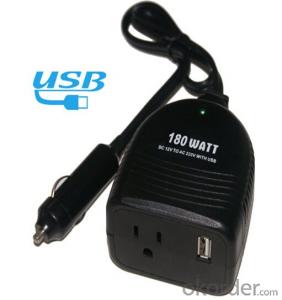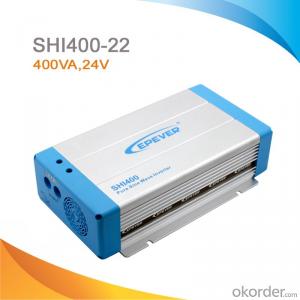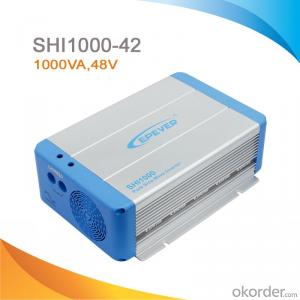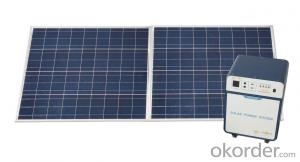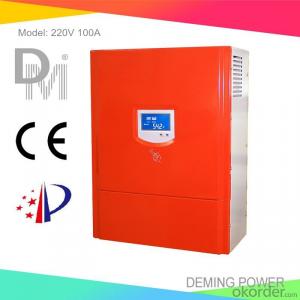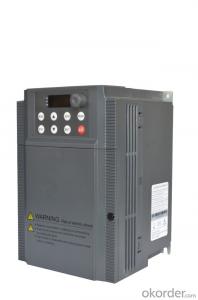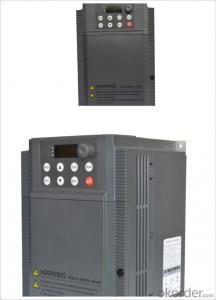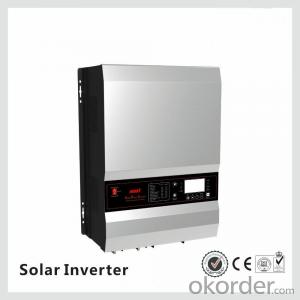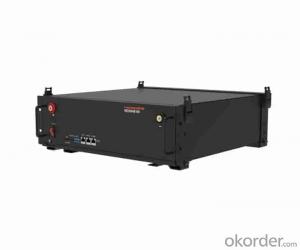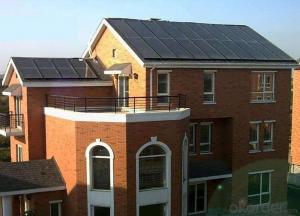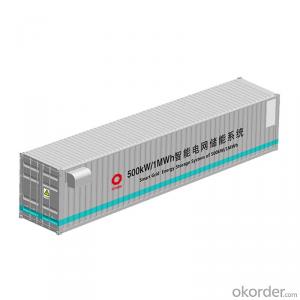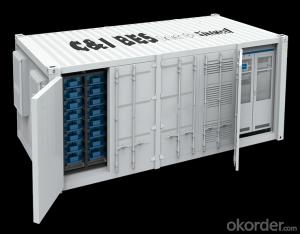Solar Power Inverter 220v
Solar Power Inverter 220v Related Searches
Home Power Inverter For Solar Solar Power Inverter For House Solar Power Inverter For Rv Solar Panel Kit With Inverter Rv Solar System With Inverter Solar Panel With Inverter Solar With Electric Inverter Inverter With Battery Solar Inverter With Solar Panels Solar Charger With InverterHot Searches
Type Of Inverter For Solar Types Of Inverter For Solar Used Solar Inverter For Sale Inverter Size For Solar System Solar Edge Inverter For Sale 5kw Solar Inverter For Sale Solar Inverter For Sale Solar Inverter For Battery Solar Inverter For Split Ac Solar Inverter For Laptop Solar Inverter For Fridge Solar With Inverter Price Solar Inverter With 2 Battery Solar Inverter Price In China Best Solar Inverter In China Solar Inverter Price In Dubai Solar Inverter Price In Uae Solar Inverter Price In Kenya Solar Inverter Price In Kerala Type Of Inverter For SolarSolar Power Inverter 220v Supplier & Manufacturer from China
Okorder.com is a professional Solar Power Inverter 220v supplier & manufacturer, offers integrated one-stop services including real-time quoting and online cargo tracking. We are funded by CNBM Group, a Fortune 500 enterprise and the largest Solar Power Inverter 220v firm in China.Hot Products
FAQ
- A whole home can be powered by a solar energy system. With advancements in solar technology, generating enough electricity from solar panels to meet the energy needs of a typical household is now possible. The system consists of solar panels that convert sunlight into electricity, an inverter that transforms the DC electricity generated by the panels into AC electricity for use in the home, and a battery storage system to store excess energy for use during periods of low sunlight or cloudy weather. The size and capacity of the solar energy system will vary depending on the energy requirements of the home. Factors such as the number of people living in the house, energy consumption habits, and the amount of sunlight in the area will determine the number of solar panels needed. Conducting a comprehensive energy audit is crucial to determine the appropriate system size. By installing a solar energy system, homeowners can greatly reduce or eliminate their reliance on the traditional electrical grid. In some cases, surplus electricity generated by the system can be sold back to the grid, resulting in potential cost savings. Moreover, solar energy is a clean and renewable source of power, which reduces carbon emissions and benefits the environment. However, it is important to note that various factors, including the location and orientation of the panels, the amount of sunlight available, and the weather conditions, can affect the efficiency and effectiveness of a solar energy system. Therefore, it is advisable to consult a professional solar installer to design and install a system that meets the specific needs of the home.
- Yes, solar energy systems can be used in areas with high levels of poverty. In fact, solar energy is often considered a viable solution for providing affordable and sustainable electricity to underserved communities. Solar power can reduce reliance on traditional energy sources, lower energy costs, and provide a reliable source of electricity even in remote areas. Additionally, solar energy systems can be implemented on a small-scale basis, allowing individuals and communities to gradually adopt this renewable energy source according to their needs and financial capabilities. Overall, solar energy has the potential to greatly benefit areas with high levels of poverty, promoting economic development and improving living conditions.
- The amount of sunlight needed for a solar energy system to work effectively varies depending on several factors. The efficiency of the solar panels, the geographical location, the angle and orientation of the panels, and the time of year are all factors that can influence the amount of sunlight required. In general, solar panels work most effectively when they receive direct sunlight for a significant portion of the day. Direct sunlight refers to the sunlight that reaches the panels without any obstructions, such as shadows from nearby buildings or trees. This direct sunlight provides the highest level of energy and therefore maximizes the system's efficiency. However, even when direct sunlight is not available, solar panels can still generate electricity. They can still produce energy under cloudy conditions or when the sunlight is diffused. While the energy production may be reduced in these situations, it is still possible to generate a significant amount of electricity, especially with the advancements in solar panel technology. The geographical location also plays a vital role in determining the amount of sunlight available. Areas closer to the equator generally receive more sunlight throughout the year, while regions farther from the equator may experience shorter days during certain seasons. This means that solar energy systems in regions closer to the equator may require less sunlight to function effectively than those in areas with less sunlight. The angle and orientation of the solar panels also impact the system's effectiveness. Panels that are angled towards the sun and are facing south in the northern hemisphere (or north in the southern hemisphere) maximize their exposure to sunlight. By optimizing the panel's position, the system can capture the maximum amount of sunlight available, enhancing its effectiveness. Lastly, the time of year affects the amount of sunlight a solar energy system receives. During the summer months, when the days are longer and the sun is higher in the sky, solar panels have more access to sunlight, making them more effective. In contrast, during winter, when the days are shorter and the sun is lower in the sky, the system may receive less sunlight, impacting its performance. In conclusion, the amount of sunlight needed for a solar energy system to work effectively depends on various factors such as the efficiency of the panels, geographical location, panel orientation, and the time of year. While direct sunlight is optimal, solar panels can still generate electricity under cloudy or diffused sunlight conditions. It is best to consult with a solar energy professional to determine the specific sunlight requirements for a particular system based on these factors.
- Electromagnetic interference can have a detrimental impact on the performance of a solar energy system. It can disrupt the flow of electricity, causing fluctuations in voltage and current. This interference can lead to decreased efficiency and reduced power output of the solar panels. In extreme cases, it can even cause complete system failure. Therefore, mitigating electromagnetic interference is crucial to ensure optimal performance and reliability of solar energy systems.
- Yes, solar energy systems can be used for heating and cooling a home. Solar thermal systems can be installed to heat water for space heating and domestic hot water. Additionally, solar-powered air conditioning systems, such as solar-powered heat pumps, can be used to cool a home efficiently.
- Yes, there are several environmental benefits to using solar energy systems. Firstly, solar energy is a renewable source of energy that harnesses the power of the sun, which means it does not deplete natural resources or contribute to climate change like fossil fuels do. Additionally, solar energy systems produce no greenhouse gas emissions during operation, reducing air pollution and improving air quality. They also have a minimal water footprint compared to other energy sources, helping to conserve water resources. Overall, solar energy systems help mitigate the negative impacts of traditional energy generation on our environment.
- What is the system voltage of solar panels
- Solar panels (Solar panel) is composed of one or more solar cells to form a solar panel. A solar cell is a semiconductor device that converts light into electrical properties, which can convert solar radiation energy on its surface into direct current
- Yes, solar energy systems can definitely be used to power construction sites or temporary structures. In fact, solar power is increasingly being utilized in these scenarios due to its numerous advantages. Firstly, construction sites often lack access to traditional power sources, which makes solar energy a practical solution. Solar panels can be easily installed on rooftops, scaffolding, or even on the ground, providing a reliable source of electricity throughout the construction process. Secondly, solar energy systems offer flexibility in terms of power generation. They can be customized to meet specific energy demands of construction sites, whether it is for running power tools, lighting, or charging equipment. This adaptability ensures that construction activities can proceed smoothly without interruptions. Additionally, solar energy systems are environmentally friendly. By harnessing energy from the sun, construction sites can significantly reduce their carbon footprint and contribute to sustainable practices. Solar power does not produce harmful emissions or noise pollution, which is particularly beneficial in urban areas or sensitive environments. Furthermore, solar energy systems offer cost savings in the long run. While the initial investment for installing solar panels might be higher compared to traditional generators, the ongoing operational costs are significantly lower. Construction sites can benefit from reduced fuel expenses, maintenance costs, and reliance on fossil fuels. It is worth mentioning that solar energy systems can also be used for temporary structures such as mobile offices, portable restrooms, or event venues. These structures can be easily powered using solar panels, eliminating the need for generators or grid connections. In conclusion, solar energy systems are a viable and sustainable option for powering construction sites and temporary structures. They provide reliable, customizable, and cost-effective power solutions while minimizing environmental impact. As the global shift towards renewable energy continues, solar power will likely become even more prevalent in construction industry practices.





